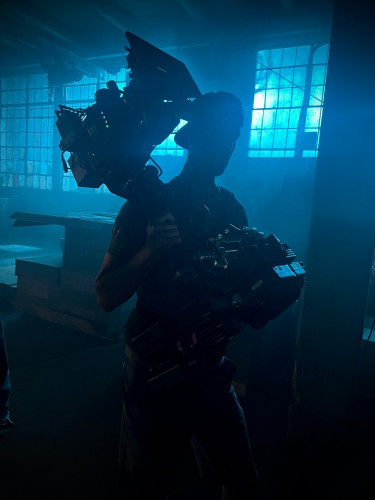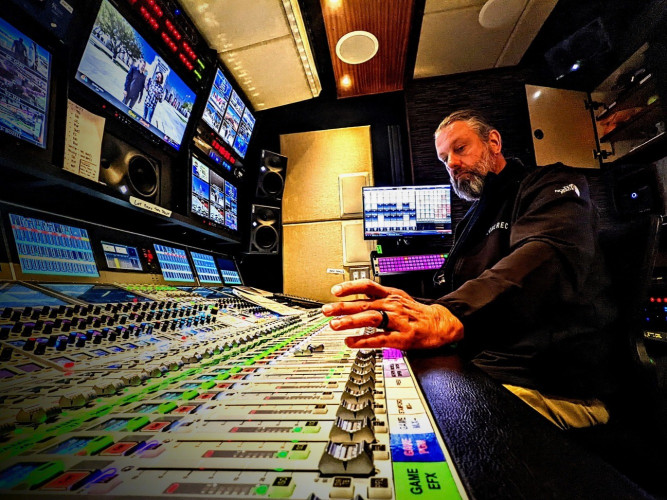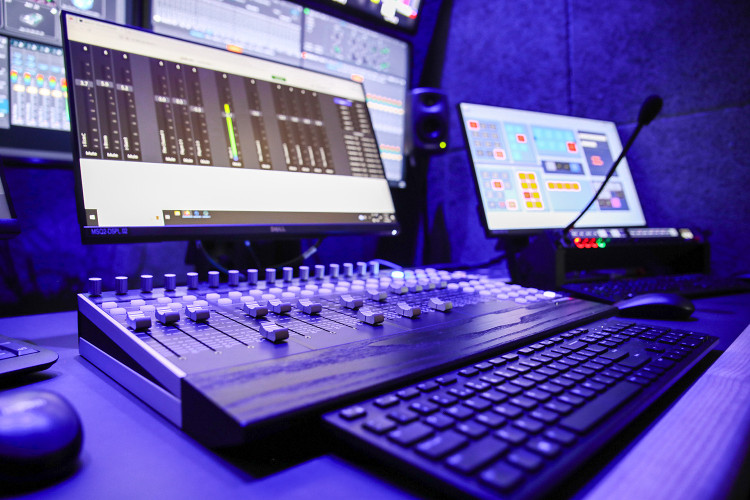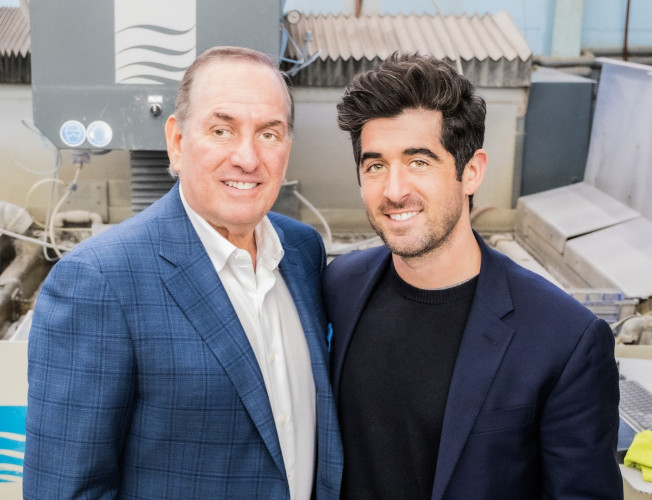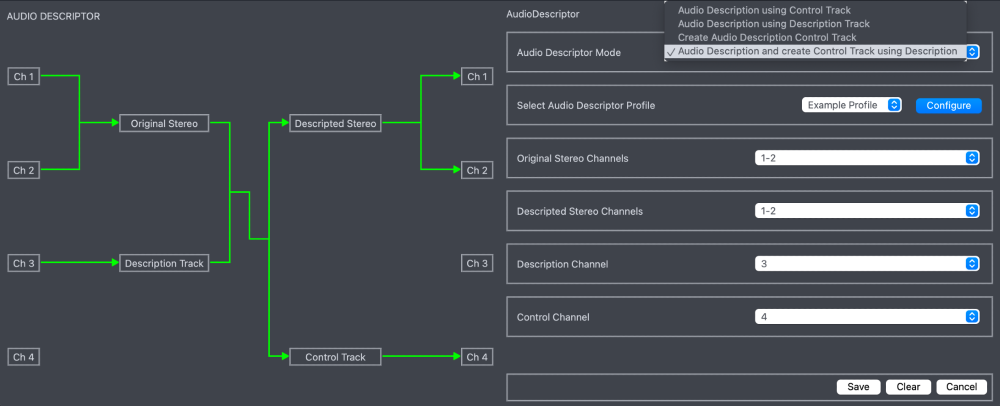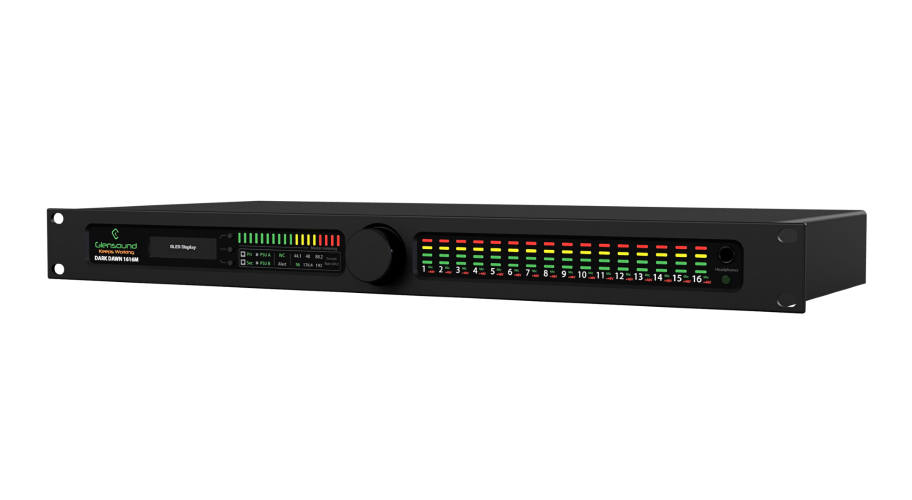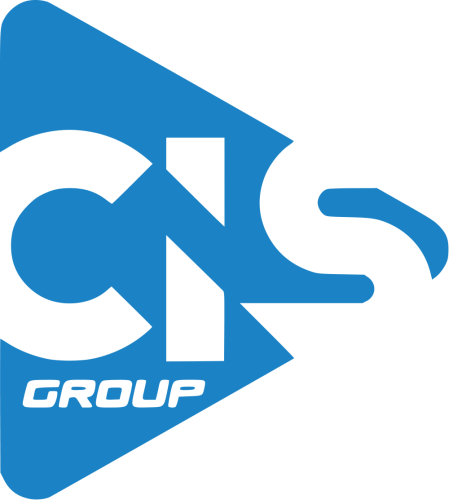Ask the experts on cable

Author: Bob Pank#
Published 1st May 2010
Digital, server-based systems in production, post-production, news gathering and playout bring increased efficiencies and productivity. Nonlinear editing and news gathering allow users to access the same material across a data network. Digits are here and are now dictating the form of cables and connectors, from camera through to playout.
What qualities should we be looking for in an audio cable?
The two most important electrical qualities in audio cables have generally been assumed to be inductance and capacitance, because they dictate characteristic impedance and propagation rate ~ the speed at which the signal passes through the conductor relative to the speed of light. Impedance is the total sum of opposition to the flow of energy through the cable and is what really enables different cable designs to achieve different sound quality. The balanced audio hot/cold/screen concept was one good reason for choosing twisted pair analogue audio cables. To combat electromagnetically created voltages such as mains hum, the twisted pairs will have varying lay lengths so that the magnetic fields in each pair do not align. A grounded screen can help reduce/ eliminate electrostatic hum and is especially important on long cable runs. Quality and type of shielding here are important.
Digital or Analogue cable?
Analogue pairs can be quite forgiving of digital signals over shorter runs, but a good digital cable, because of its low capacitance, is great for analogue signals. Digital cables will also futureproof an installation while greatly improving signal stability and noise immunity. The embedding of digital audio with a digital video signal in TV applications requires the use of high-quality 75 Ohm coaxial cables. Coaxial cables will carry digital audio further than twisted pairs. If you are not embedding, then the cost of baluns or multiplexers can be the deciding factor in using coax. Neutrik produces AES/EBU baluns that plug directly into the back of broadcast kit to convert 3-pin 110 Ohm XLRs to a 75 Ohm interface.
On the other hand, terminating an embedded coax is simple because generally only one type of BNC or F connector is involved.
Digital cables must be dimensionally stable because any change in the designed distance between conductors and screen will alter the capacitance ~ hence, the impedance and the resulting return loss. Choice of insulating material is important because in a screened audio or video cable, the insulator is the capacitor dielectric between core and screen and, the lower the capacitance; the less time it will take a signal to reach full amplitude. A popular cable type is the AES/ EBU 110 Ohm, twisted pair digital cable, suitable for use in RS485 data, DMX or mic applications. Fine Oxygen Free strands, low capacitance insulation, precise lay-up, anti-microphony fillers and a tough jacket make for a handleable yet low-noise cable. Because 100 percent shielding is required, a combination of tape and braid is used. This construction works well with Neutrik digital XLR connectors, which offer 50 times better EMC screening and can be used for electronically hazardous environments and digital audio to AES3.
What about video signals?
270Mb/s SDI video coaxes have largely superseded the BBC PSF 1/3M because of their high velocity of propagation, low attenuation and considerable associated space savings in MCR and OB applications. Because braid screens are most effective below 10MHz and tape screens are most effective above, and because digital signals include both high and low frequencies, video coaxes have a combination of both. With solid plain copper cores, however, they are still easily terminated with 75 Ohm BNC connectors. The quarter wavelength of digital video is around 1500 times smaller than analogue, so the use of 75 Ohm BNCs is crucial.
How about Triax versus Optical Fibre?
A large established user base in studio and OB installations means that triaxial cables remain in use. However, because of rising HDTV transmission, the high-resolution capture of television programs in digital is rising rapidly.
SMPTE has a specification SMPTE 311 for high-definition camera cables. A composite cable with two optical fibres for video, two/four power cores and two control/ sound conductors, it enables reliable signal transmission in a relatively small, lightweight cable construction. Fibre usage is increasing and offers great benefit in terms of bandwidth and higher transmission distances. Fibre-optic connectors must maintain alignment during repeated mating cycles, because coupling loss can easily result from misalignment, poor end preparation, mismatched fibres and Fresnel reflection.
Bryant Unlimited's commercial grade composite SMPTE 311M, single-mode fibre optic and copper composite camera cables can multiplex audio and video signals and power and are manufactured using Furukawa TV-OM-AMS SMPTE specification cable, terminated with Lemo SMPTE 304M connectors. Lemo's range of high performance fibre optics camera connectors have been developed to meet the needs of the new generation of digital TV cameras forming the basis of the SMPTE, ARIB and EBU standards. The LEMO 3K.93C connector has been fully tested is TUV approved and is used in international events transmissions and in applications such as the Sony BVP9500 super slow motion camera to CCU.
High quality cable comes at a cost though doesn’t it?
The Neutrik opticalCON® cable connector system design is a versatile connector platform at an affordable price, and this is what is needed to continue driving the cost of fibre down in today's indoor HD camera systems. It accommodates a standard optical
LC-Duplex connector in a ruggedised and durable all-metal housing. It features a push-pull locking mechanism and has excellent cable retention. The optical connection is exceptional well protected against dirt and dust by an automatically operated sealing cover. The cable connector comes pre-assembled by Bryant and is not available as a single component. Neutrik has rigorous standards for its opticalCON suppliers, and we're proud to have been selected to manufacture assemblies with their connectors. The cable is available in different lengths and can be supplied either on a Schill drum or a coil.
What sort of distances are possible?
Plug and Play devices like the rack mount OPVision 1000 Digital Video fibre optic transmitter and receiver can enable high quality, long-distance HD-SDI or SDI video transmission. The digital video signal in the OPV1000 Series accords to the standards SMPTE-292M, SMPTE-259M, SMPTE-305M, SMPTE-310M or DVB-ASI at transmission rates between 19.4 Mb/s and HD-SDI 1.5 Gbps over one single mode or multi-mode optic fibre and, depending on the send/receive module, over transmission distances of up to 60 Km.
The Broadatacom Mini-3GHD Series is a miniature, Fibre Optic 3Gbps SDI Digital Video Transport System which supports the 1080p 3Gbps SDI format and converts SDI (coax) media to ST (fibre). The standard Mini-3GHD rattler is designed to transport one (1) channel SMPTE-424M 3Gbps SDI, SMPTE-292M HD-SDI or SMPTE-259M SDI serial digital video signal over long distance through either single mode or multimode fibre ~ it can transmit for 0.3Km on multimode or up to 30Km on single mode fibre. Due to the use of advanced digital fibre optic transmission technology, no user adjustments are required, thus enabling quick setup and trouble-free operation. The Mini-3GHD can handle SDI, DVB-ASI, HD-SDI, 3G-SDI, and many other video formats.
The power connector has a latch-locking mechanism, to avoid power disruption due to handling problems.
Many other media converters and optical transmission products are now available to cope with RGB, DVI and HDMI ~ The Mini-HDMI-AD Series is a high performance, low cost, miniature, Fibre Optic HDMI transmission System designed for the shorter distances associated with home cinema or digital signage systems. It carries one (1) unidirectional HDMI video, one (1) bi-directional stereo audio and two (2) RS-232 through one multimode fibre. This unique fibre optic transmission system lets your digital flat panel display extend up to 400m at WUXGA (1920x1200 @ 60Hz) resolution. DVI video is also available through a DVI-to-HDMI adapter cable.
Trends
As long ago as 1994, the BBC R&D Department published a paper at the AES International Convention entitled “Twisted-pair cables for AES/EBU Digital Audio Signals.” It concluded that Cat 5 shielded twisted audio pairs offered the highest performance of a range tested, including coax and cables specifically designed for digital audio. Cat 5 was preferred for its flexibility, consistent performance and use for mixed data applications. It started a trend resulting in a new range of RJ45-type connectors, including the Neutrik Ethercon ruggedised Cat 5e connectors, as well as back-to-back panel socket versions. In the OB sector, this led to the military style RJ45, based on a MIL-C 26482 bayonet connector body. The connector shell retrofits to a preterminated cable, while the panel connector is a bulkhead back-to-back RJ45 unit. The cable used with them is a Cat 6 over sheathed with a rugged PE jacket to resist abrasion, water and trucks running over them. The AES/EBU 110 Ohm +/-20-percent impedance specification is undoubtedly accelerating the use of unshielded twisted pair (UTP) cables in the convergence of broadcast and computer/ control systems, everything from audio through video to digital signage. The latest Cat 6 UTP types can achieve a -30dB common mode balance. Consequently, they are capable not only of transmitting Gigabit Ethernet, but also multimedia. Digital signals are in principle more resistant to interference than analogue, and broadcasters can maximize their bandwidth or satellite capacity through digital compression and multiplexing. As audio and video VCRs and playout carts are increasingly replaced with hard disk server devices, multimedia signals begin to share the same building infrastructure data wiring as other services. This may still be in its infancy in copper terms, as the 100 meter link length of Cat 6 is arguably not a match for coax, but better compression and frame rate techniques will lead to more applications such as streaming media becoming commonplace. The higher bandwidth that Cat 6 and fibre offer is generating ever smarter hardware and software



